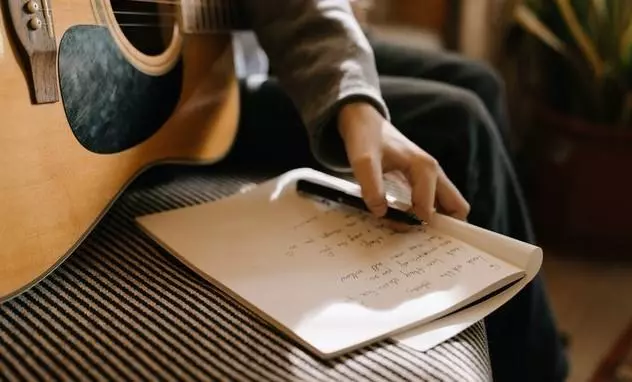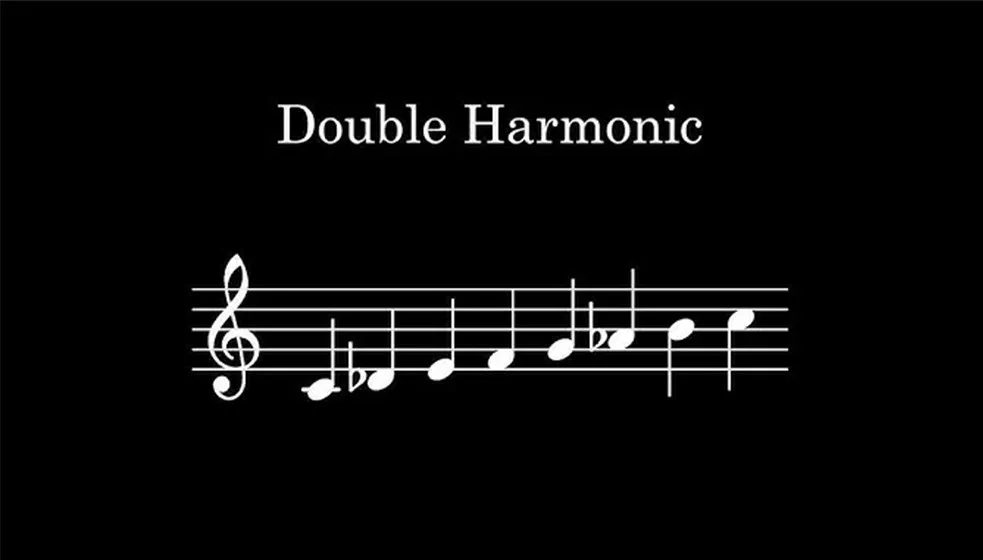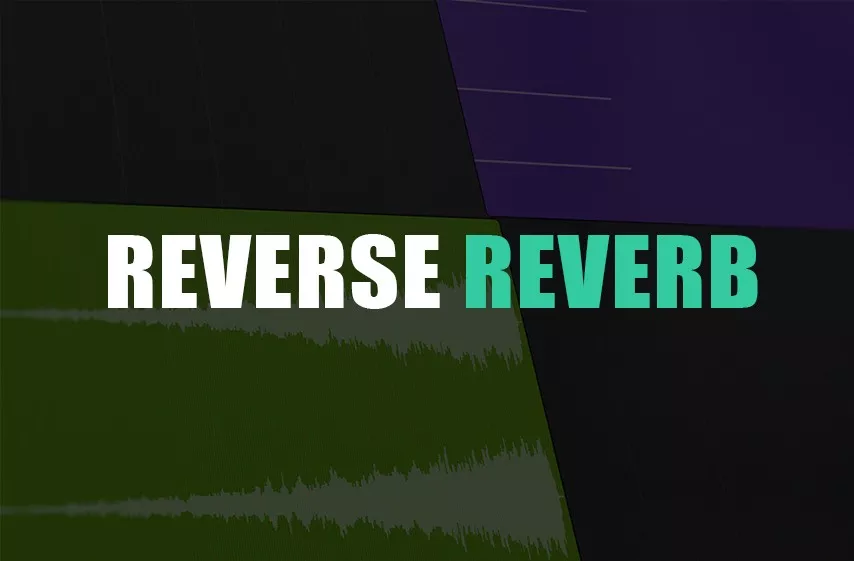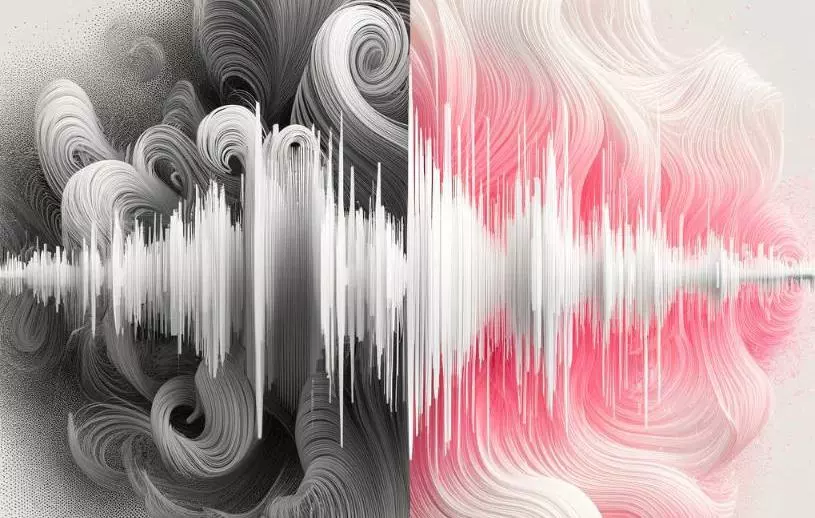Sixteenth notes
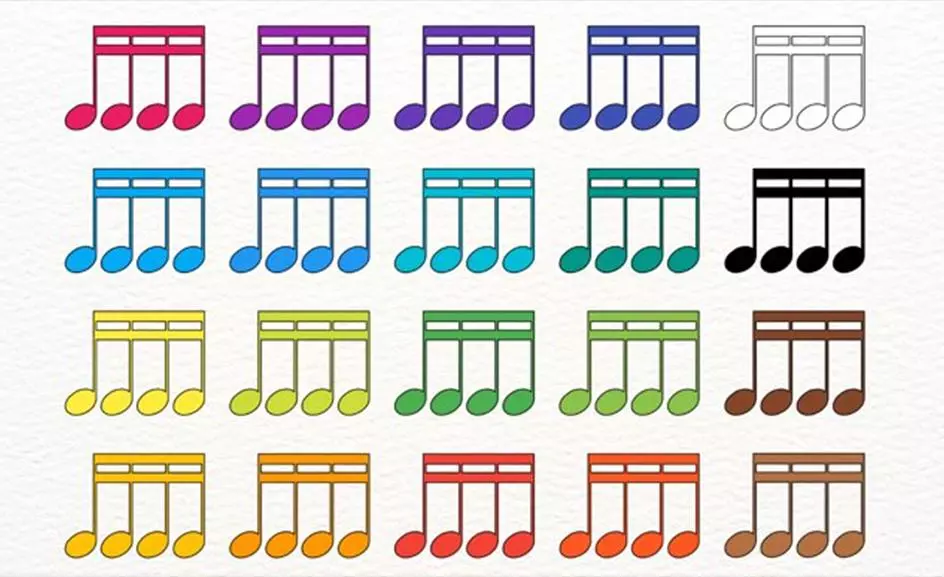
In music, a sixteenth note (also known as an American sixteenth or British semiquaver) is a musical element that lasts half the time of an eighth note (quaver). Its name comes from the fact that it takes up a sixteenth of time, similar to the semi-fuze in the number system used in 15th-century music.
Sixteenth notes are indicated by an oval head and straight stem with two flags.
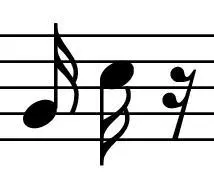
One sixteenth note is always accompanied by flags, while two or more sixteenth musical notes are usually grouped together. To indicate silence of the same duration, a sixteenth pause (or semi-square pause) is used. Sixteenth notes, like other stemmed notes, are depicted with the stem to the right of the note head and with the face of the stem pointing upwards when they are below the centerline of the staff (or on the centerline in vocal music). If they are on the middle line (in instrumental music) or above it, their feet are depicted to the left of the head of the note, and the front side of the stem is directed down. Flags are always located to the right of the bar and curve to the right. If several sixteenth notes or eighth notes (or thirty second notes, etc.) are placed side by side, their flags can be connected by a line.
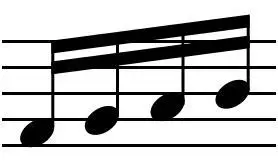
Notice the similarity in notation between sixteenth notes and eighth notes. The same rules apply to smaller beats such as thirty-second notes (demisemiquavers) and sixty-fourth notes (hemidemiquavers). It is interesting to note that the term “note” comes from the semifuses in the number system. However, in Spanish, Catalan and Portuguese, the term “half-fuza” is also used to refer to the modern sixty-fourth note.


